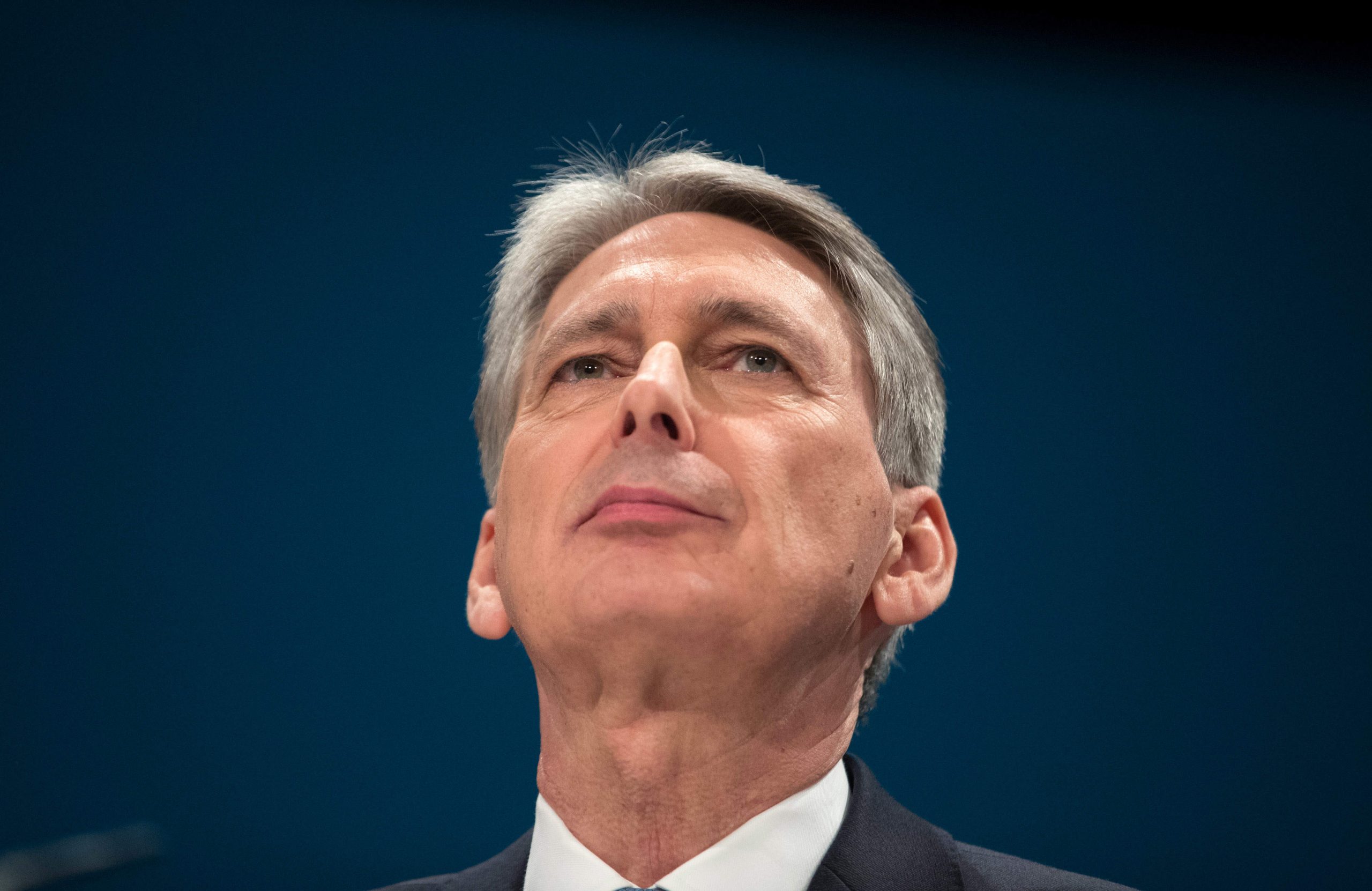
The Chancellor has announced an infrastructure splurge in his Autumn Statement – and he’s ripped up his predecessor’s borrowing rules in the process.
Philip Hammond confirmed he no longer sought to deliver a surplus in 2019-20, an aim quietly abandoned by George Osborne along with No.11 Downing Street after the Brexit vote.
Instead, he has published a “new draft Charter for Budget Responsibility” that allows a certain amount of flexibility in government spending.
The priority for the government is “high-value investment” on infrastructure and innovation, he said, and this could be funded through additional borrowing. Other new policies would be funded through balancing tax and spending.
Hammond is creating a new “National Productivity Investment Fund” to spend £23bn between 2017 and 2022, with a focus on housing, research and development.
From 2020, the government plans to spend between 1 per cent and 1.2 per cent of GDP on economic infrastructure and will ask the National Infrastructure Commission for advice on how to spend it. Meanwhile, there are already plans afoot.
So where is this money going? Here are some of the projects the Big Spender Chancellor outlined:
- £4.7bn on science and innovation including £2bn a year more for research and development by 2020-21
- A £2.3bn Housing Infrastructure Fund to deliver infrastructure for up to 100,000 new homes in areas of high demand.
- £1.4bn to deliver 40,000 additional affordable homes
- £2.6bn on transport networks including £220m to address traffic pinch points, £450m on digital signalling and £390m on low emission vehicles
- £1bn in digital infrastructure including £700m on rolling out full-fibre connections and supporting 5G trials
- £250m to the Northern Ireland Executive, £400m to the Welsh government and £800m to the Scottish government





